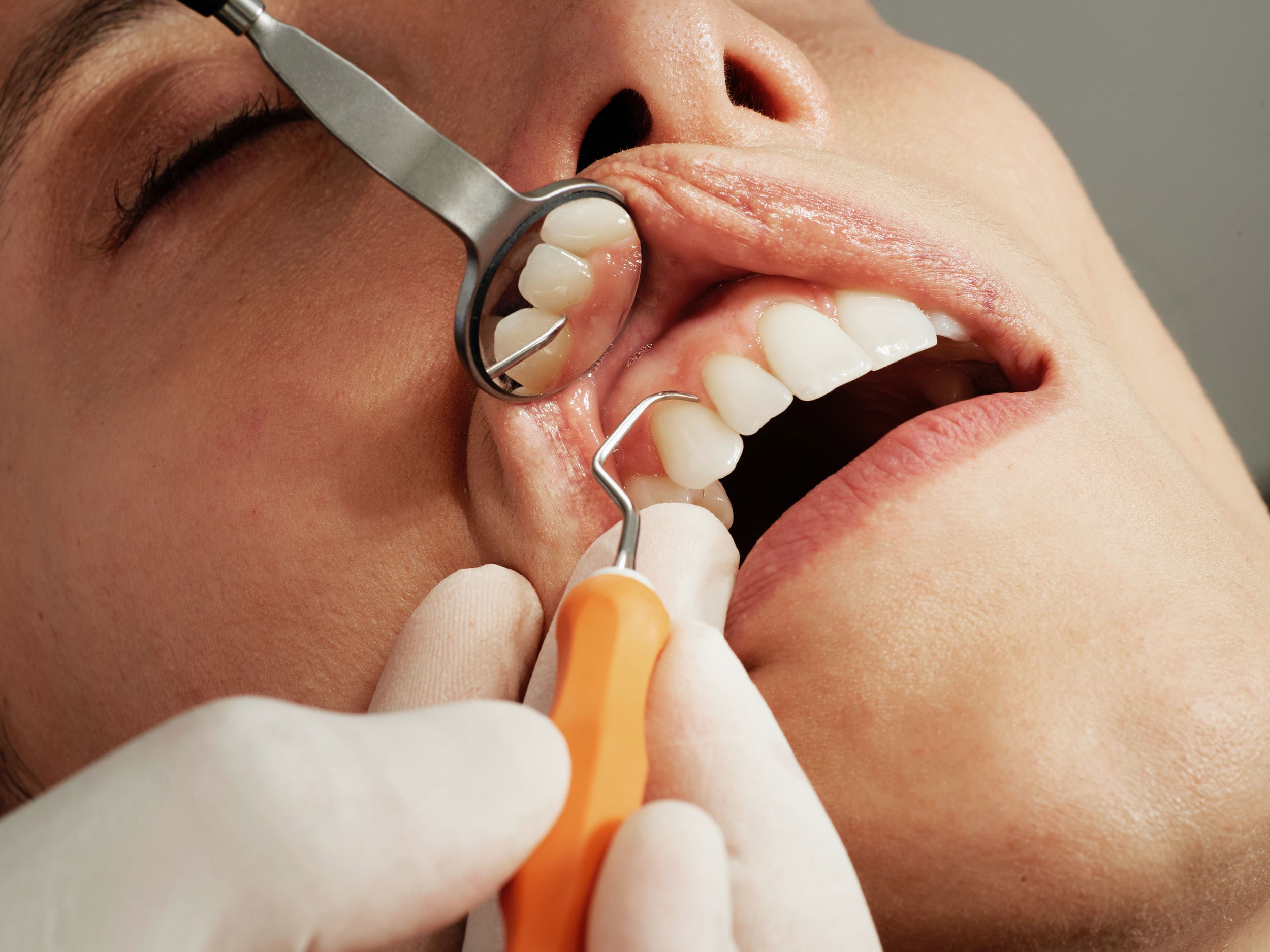The Three Years of Dedicated Practice That Makes an Orthodontist expert

Orthodontics is an area of dentistry that deals with the study, diagnosis, and treatment of malformations of teeth and jaw alignments, and other misaligned bite patterns common in children. It may also specialize in correcting abnormal facial growth, called facial orthopedics. Orthodontist in Weatherford Orthodontics dentists are qualified to perform a wide variety of procedures in this field, which are typically performed by anodontists. One of the most common types of orthodontic dentistry is Full-time orthodontic treatment. This is often the case in a family dentistry practice or a practice dedicated to pediatrics. Full-time orthodontics employ the use of retainers for alignment purposes. These retainers, when applied by a dentist while a patient is under normal conditions of care, will typically retain most of the front portion of the tooth. Over time, these retainers will grow loose and shed significant amounts of tooth-colored material, which is what makes the gaps between the teeth visible.
Children will also receive braces at some point in their lives, particularly when their Teeth have grown past the stage where they can be fixed by simple extractions with a dental specialist. Common styles of braces include Invisalign, which are clear, removable, customized aligners worn in the mouth by children and adults alike; bonded Aligners, which are made of a high-density plastic and invisible to the naked eye; and lingual braces, which are placed behind the teeth. Braces are typically removed by a cosmetic dentist after the initial treatment is completed by an orthodontist. When braces must be removed because of health or financial reasons, it is often necessary to have them surgically removed.
Removals of these types of orthodontic braces are commonly done under general anesthesia in order to reduce scarring.
If you're looking to find out more information on this topic, there are several books available that can answer your questions. "Dental Specialist: Orthodontics, Malocclusions, And Smile Changes" by Karen Becker and Elizabeth Griffin is an excellent introduction to this subject. This book covers the full range of the field and several interesting case studies that demonstrate how this practice can work to correct problems. The authors clearly explain the different types of orthodontics and how each one treats different problems. If you suffer from bad bites or other malocclusions, this is definitely a book that you should consider reading.
Orthodontics and dental practices are rapidly growing in popularity, especially among working adults who want to maintain healthy smiles. People who don't have a lot of money to go to a cosmetic dentist or who live in a small town where dentists are few and far between are now turning to orthodontists instead. For these individuals, seeing an orthodontist every three years is enough to get their teeth back in good shape. This is usually enough to allow them to keep a full-time job and enjoy other activities as well.
To become licensed as an orthodontic specialist in the United States, you'll need a dental council certification. You'll need to pass a special test given by your local board of dental surgery, called the NCLEX-RN. Once you've passed this exam, you'll be able to work anywhere in the country as an orthodontic specialist, so long as your state has legalized it. Becoming an expert in this field means having a full-fledged understanding of not only human anatomy, but also dentistry, periodontal disease, craniofacial anatomy, endodontic treatment, jaw disorders and many other important facets of the dental profession. This post: https://en.wikipedia.org/wiki/Dental_Service_Organizations elaborates more on the topic, so you may need to check it out.
